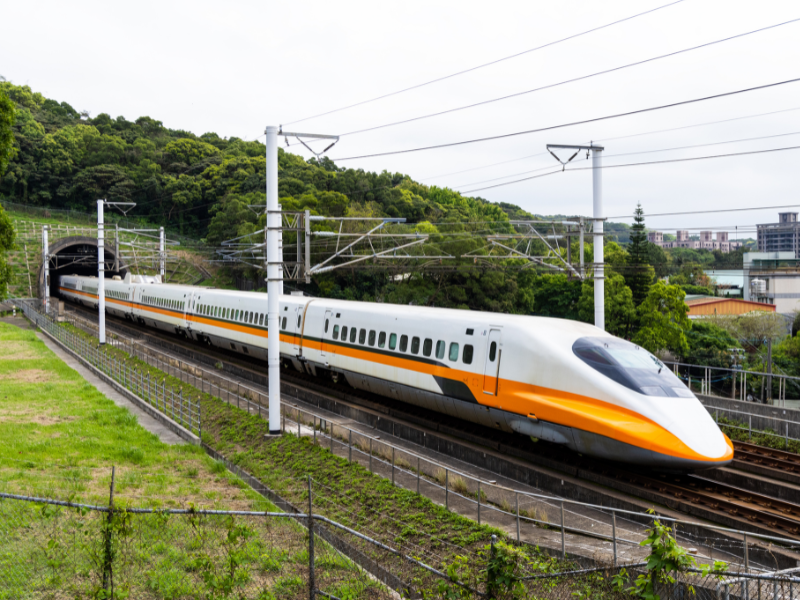Japan has announced plans to donate two Shinkansen train sets—the E5 and E3 series—to India for the Mumbai-Ahmedabad High-Speed Rail (MAHSR) corridor. Scheduled for delivery in early 2026, as per The Japan Times, these trains will be equipped with inspection tools to gather essential operational data, particularly concerning India’s unique environmental conditions, such as high temperatures and dust.
What are the features of E5 and E3 Shinkansen?
The E5 series, developed by East Japan Railway (JR East), is a high-speed train capable of reaching speeds up to 320 km/h. It was initially chosen for India’s first bullet train line.
The E3 series, slightly older, is primarily used for mini-shinkansen services and is known for its aerodynamic design and advanced safety features.
While India had previously planned to utilize E5 trains for passenger service, delays and cost escalations prompted a reassessment. The donation of these trains, coupled with the decision to transition to the more advanced E10 model, has revitalized the project’s momentum. The E10, also known as Alfa-X, can achieve speeds up to 400 km/h and represents the forefront of Japanese rail technology.
How will this benefit India?
The introduction of Shinkansen technology in India signifies a major advancement in the country’s rail infrastructure. By deploying the E5 and E3 trains for inspection purposes, India will gain firsthand experience with this technology before the full implementation of the E10 model.
Modifications are underway to adapt the Shinkansen trains to Indian conditions, including increased luggage capacity and enhanced tolerance to high temperatures and dust. This initiative aligns with India’s bigger rail modernization strategy under the National Rail Plan 2030.
How has this project been funded?
The MAHSR project is primarily funded by a low-interest loan from the Japan International Cooperation Agency (JICA), covering approximately 80% of the costs. With repayment terms spread over 50 years at an interest rate of just 0.1%, the financial structure is designed to be sustainable for India.
This collaboration between Japan and India not only facilitates the transfer of advanced rail technology but also strengthens bilateral ties and contributes to India’s vision of becoming a global leader in high-speed rail transportation.






